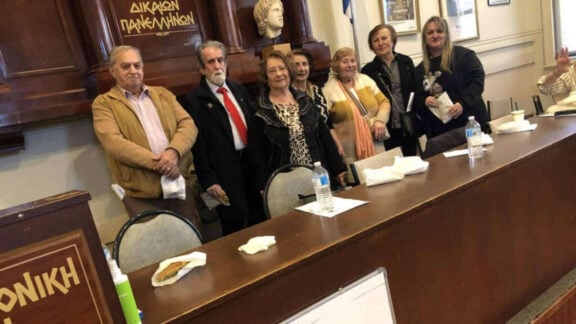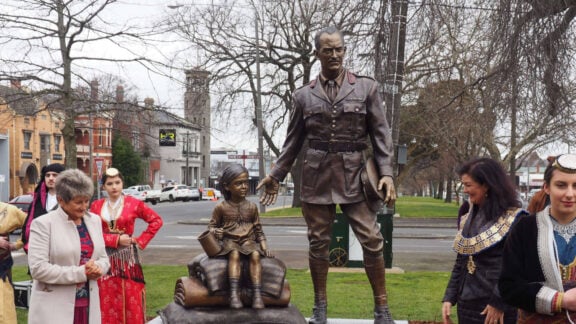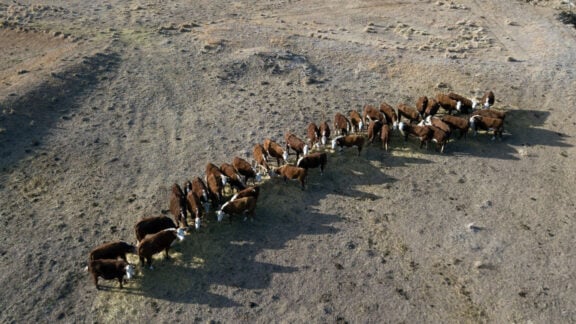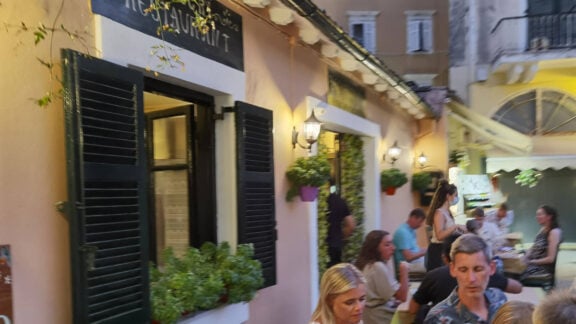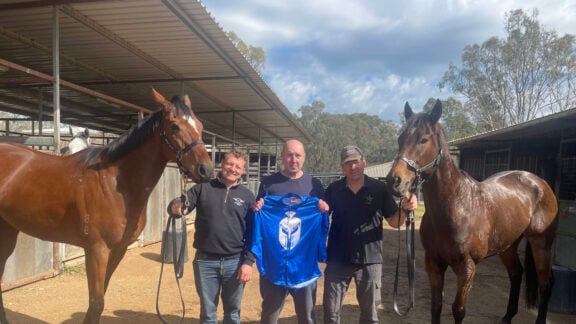Aunt Hrisanthi sat in her village house, in Nea Vrasna, on a hot summer’s day in northern Greece with a photo album on her lap.
She caressed the album’s cover with her long, dry fingers.The plastic sheets on most of the photo album’s pages had moved and every page she turned made a crunching sound.
Then she stopped. “Εδω. Αυτός είναι ο πατέρας μου και ο παππούς σου, ο Δημήτρης,” she said.
“Κοιτα την φωτογραφία πρην το πόλεμο. Κοίτα την φωτογραφία στο πόλεμο της Μικρά Ασία.”
She instructed me to look at the two war pictures of my grandfather, Dimitrios Houpis.
The first picture was of a proud man in a new officer’s uniform flanked by an officer and a serviceman.
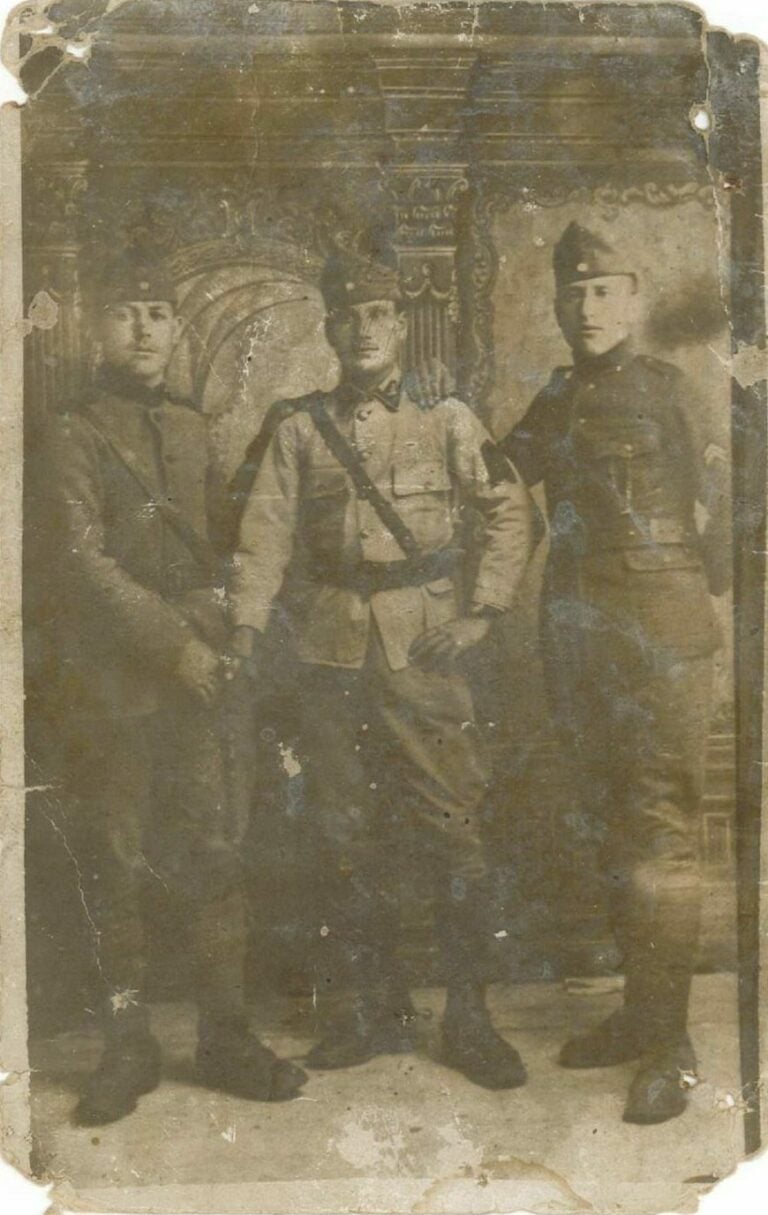
The second picture was of a shell of a man, armed and sitting alone in front of a sad banner with pictures of flowers and words of hope.
“Ενθυμιο… 1921,” it said.
What a fine souvenir for my grandmother Angeliki to remember the man who left her behind to fight in the Greco-Turkish war.
What a crude way for me to learn about the Asia Minor catastrophe.
It was 1989, I was 22, and it was my first trip to Greece.
I was so moved by these pictures, and that my grandfather “pappou” Dimitri actually survived the Greco-Turkish war, between 1919 and 1922, that I brought the pictures back to Australia.
I told aunt Hrisanthi that I would make copies of the pictures and send her the originals.
She told me to keep the originals and send her the photocopies.

I honoured the pictures and put them in silver and gold-plated frames. They have sat side-by-side on my lounge room cabinet for 25 years. They have given me courage.
When my life is hard, I think of pappou Dimitri’s miserable life fighting in wars.
These pictures, which are actually photographs and postcards, are also a historical document.
One picture is of pappou Dimitri standing splendid in a new Greek officer’s uniform between two soldiers (see pic 1(a).The soldier on my grandfather’s right shakes his hand: the officer on his left rests his hand on my grandfather’s shoulder.
The handwritten inscription on the photograph’s back(see pic 1(b) does not give a date. Written in ink that has now turned purple, are eight lines of Greek.
The intelligible Greek words include my grandfather’s name and the words “hail” (χαίρε), “from” (από), “souvenir” (ενθύμιο), “kiss”(φιλί) and possibly “brotherly” (αδελφική).
The second photo is of my grandfather sitting with a rifle across his lap and holding a cigarette in his left hand (see pic 2a). His uniform is old:It has holes above the knees. He looks deep into the camera.
Behind him is a banner with drawings of two elaborate vases of flowers and messages of hope and faith. Pappou Dimitri is positioned sitting between the flower pictures and below the inspirational words that form an arch above his head. It is 1921.
“Ενθύμιο…1921. Καλή καρδιά και όπου θέλεις, πάντα Παναγία μαζί σου…,” the banner says.
On the back, the picture says “CARTE POSTALE” in French (see pic 2b). Handwritten in pencil this time, and only on the right-hand half of the postcard, is one sentence. The only intelligible Greek words are “be located” (βρίσκομαι) and my grandfather’s signature.
My father, Spiros Houpis, 88, is pappou Dimitri’s last surviving child. Even though he died when he was seven years old, my father remembers his father and stories about him.
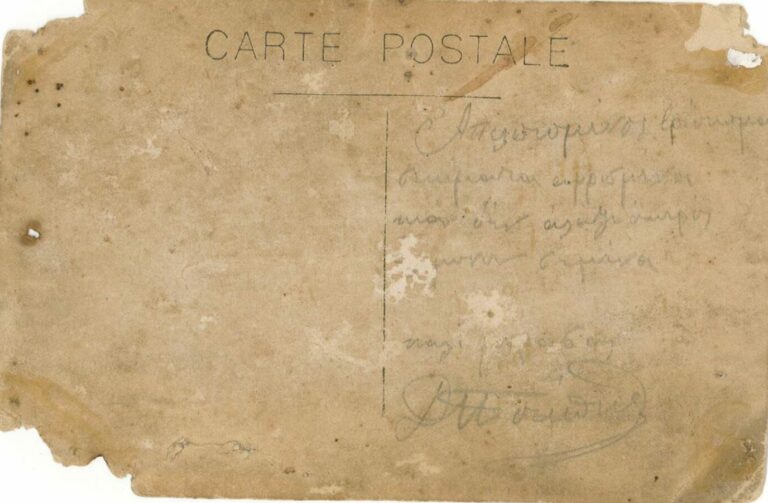
His sister, aunt Hrisanthi, believed the picture of pappou Dimitri in his new uniform was of him setting out to fight in the Greco-Turkish war. My father corroborated this story last week. He and his sister also believed pappou Dimitri was at war for eight, maybe 10 years.
My father said he remembered stories of Greek men serving in the armed forces for long periods in the early 1900s because Greece didn’t have a large enough population to rotate soldiers.
He lamented his father’s fate from being a “λεβεντη” and dashing man as a “λοχιας” in his sergeant’s uniform to a broken man in the picture dated 1921.
“Κακοπερασμενος,στενοχώρημένος,απελπιζομενος,” my father said.
“Τον είχε φάει η στεναχώρια. Μεγάλη στεναχώρια. Πως περνάει η οικογένεια του, οι συγγενείς;”
My aunt Hrisanthi died by the time I returned to Greece, in 2002. But her children are alive and remember her stories about pappou Dimitri.
Her son, Yiannaki, told me last week that pappou Dimitri will forever be remembered as the young lad who went off to war and came back an old man.
“Πηγε παλικάρι και γύρισε με άσπρα μαλλιά,” Yiannaki said.
He said he would search for more information and war photos of pappou Dimitri. In the meantime, I would send him and the other first cousins photocopies of the two pictures. But the originals would stay with me.Late aunt Hrisanthi was the keeper of the photographs:She gave them to me. I am the guardian of the photographs.I am the next generation’s custodian of pappou Dimitri’s memory.Rest in peace Greek soldier. Your fight for Asia Minor was not ivain and your memory lives on. Why, it is right here, in black and white and colour, for all the world to see.

*Do you or your ancestors have links to Asia Minor and the catastrophe? Share your family history and heirloom photos with “Neos Kosmos” in the following ways:
- Mailing “Neos Kosmos”, at P.O. Box 773, Port Melbourne, Victoria 3207
- E-mailing your texts and images to editor@neoskosmos.com.au; or
- Telephoning Sotiris Hatzimanolis, at “Neos Kosmos”, Monday to Friday, 9am to 5pm, on (03) 94824433.

